Parts of Knife
It’s helpful to know where the heel, spine, or tang of a knife are located, but when you’re standing in the kitchen preparing a meal, what really matters is whether you have the right knife for the job. Before diving into the types of kitchen knives, it’s worth taking a quick look at the basic structure of a knife—the blade, edge, and handle.
Each part plays a role in balance, control, and cutting performance, and together they shape how different kitchen knife types are designed to handle specific tasks. You can refer to the illustration below to see these parts clearly marked out, which will give you a better sense of how form connects with function.

From there, this article will guide you through the knives every cook should know. Imagine needing to finely chop garlic, slice through crusty bread, or carve a roast chicken—the right knife style makes each of these tasks effortless. By looking at the different types of knives for cooking, their strengths, and their ideal uses, you’ll see how choosing wisely can save time, improve safety, and make cooking far more enjoyable.
Chef Knife
Among all the different chef knives, the classic chef knife stands out as the most essential tool for professionals and home cooks alike. With its wide blade and pointed tip, it adapts seamlessly to countless kitchen tasks, replacing the need for multiple knives.
Key uses of a chef knife include:
- Swiftly chopping vegetables, herbs, and fruits
- Effortlessly slicing through poultry, beef, or fish
- Dicing ingredients into consistent pieces
- Crushing or transferring food from board to pan

But not every chef knife is created equal. The best ones are forged from high-carbon stainless steel, hold an edge longer, and feel perfectly balanced in hand. Imagine preparing a Sunday roast—Imarku knife glides through vegetables, then carves the meat cleanly, no sawing or tearing. That’s the kind of performance our chef knife delivers, crafted to bring both precision and joy to your cooking.
Santoku Knife
While the chef knife is known as the all-purpose Western blade, the Santoku knife offers a Japanese alternative that excels at clean, precise cuts. Its name means “three virtues,” representing its ability to slice, dice, and mince with ease—perfect for cooks who want versatility without switching knives.
Key uses of a Santoku knife include:
- Thinly slicing vegetables, seafood, or meats
- Dicing ingredients for soups and salads
- Chopping herbs and aromatics with speed

The best Santoku knives feature a thin, high-carbon stainless steel blade that holds an edge and minimizes resistance. Imagine prepping sushi night at home—your Japanese Santoku knife glides through cucumber, tuna, and avocado in seconds, with every slice clean and uniform. That’s the kind of effortless precision our Santoku knife delivers, designed for cooks who value speed and finesse.
Bread Knife
Few things are more satisfying than slicing into a freshly baked loaf—except when the wrong knife crushes it flat. That’s why a bread knife, with its serrated blade, is essential for cutting cleanly through crusts while keeping the inside soft and airy.
Key uses of a bread knife include:
- Cleanly slicing crusty breads, rolls, and bagels
- Cutting delicate cakes or sponge layers for decorating
- Preparing sandwiches with neat, even edges
- Handling large, tough produce like squash or pineapples

Not every bread knife delivers the same performance. The best ones feature long blades, sharp serrations, and a well-balanced handle for smooth control. Imagine Sunday morning—you slice a warm loaf straight from the oven, and each cut is neat, no squashing, no mess. That’s the effortless precision our bread knife is crafted to deliver, turning everyday slicing into a pleasure.
Slicing Knife
Struggling with jagged cuts or uneven portions? A slicing knife solves the problem with its slender blade and sharp edge, designed specifically for smooth, precise carving. Whether you’re preparing family dinners or hosting guests, it’s the knife that makes every serving look impressive.
Key uses of a slicing knife include:
- Carving roast turkey, ham, or prime rib
- Creating thin slices of smoked or cured meats
- Serving cakes and soft fruits without crushing them

Not all slicing knives are created equal—the best are crafted from premium steel, hold their edge longer, and feel balanced for easy handling. Picture cutting into a holiday roast—your knife glides through effortlessly, giving you perfect slices every time. That’s the kind of performance our slicing knife guarantees.
Brisket Knife
Nothing ruins a smoked brisket faster than a dull knife that tears instead of slices. That’s where a brisket knife makes all the difference. With its extra-long serrated blade, it delivers clean, even cuts while preserving flavor and texture.
Key uses of a brisket knife include:
- Cutting large smoked briskets into perfect portions
- Carving prime rib, pork shoulder, or other BBQ meats
- Handling oversized cuts with ease and control

The best brisket knives are made from premium steel, stay sharp through heavy use, and feel comfortable during long slicing sessions. Picture carving into your slow-smoked brisket—the blade slides through effortlessly, leaving slices that look as good as they taste. That’s the performance our brisket knife guarantees.
Boning Knife
Nothing complicates meal prep faster than trying to separate meat from bone with the wrong tool. That’s where a boning knife proves its worth. With a slim, flexible blade, it slips easily around joints and cartilage, giving you clean cuts and maximum yield.
Key uses of a boning knife include:
- Deboning chicken, turkey, or duck with precision
- Trimming fat and silver skin from steaks or roasts
- Filleting fish without wasting delicate flesh

The best boning knives are forged from high-carbon stainless steel, hold a razor edge, and balance comfortably in hand. Picture preparing chicken thighs for the grill—the blade glides along the bone, leaving you with perfectly trimmed meat ready to cook. That’s the advantage a quality boning knife brings.
Utility Knife
Among all the different kitchen knife types, the utility knife is the true multitasker. With a blade longer than a paring knife but shorter than a chef knife, it’s designed for those in-between tasks where precision and versatility matter most.
Key uses of a utility knife include:
- Slicing fruits, sandwiches, or small cuts of meat
- Chopping herbs and vegetables with precision
- Handling quick prep tasks without switching knives

But not every utility knife is the same. The best ones are forged from high-carbon stainless steel, offer a sharp edge that holds, and feel lightweight yet balanced. Imagine prepping lunch—your knife easily slices a tomato, cuts cheese, and trims chicken breast, all without needing another tool. That’s the everyday convenience our utility knife brings to your kitchen.
Paring Knife
When it comes to the different types of kitchen knives, the paring knife is the small kitchen knife that shines in delicate, detailed work. Compact yet sharp, it gives you the precision control larger blades can’t match.
Common uses of a paring knife include:
- Neatly peeling fruit, citrus, or potatoes
- Trimming vegetables, deveining shrimp, or cleaning small cuts of meat
- Creating garnishes and decorative slices for cocktails or desserts

High-quality paring knives are typically made from high-carbon stainless steel, hold their edge well, and feel comfortable in hand. Imagine preparing a fresh fruit salad—the knife effortlessly cores strawberries, peels apples, and slices grapes with accuracy. Among all kitchen knife types, the paring knife proves indispensable for fine, detailed prep tasks.
Nakiri Knife
Within the many different kinds of kitchen knives, the Nakiri knife stands out as a traditional Japanese vegetable knife designed for precision chopping. Unlike a chef’s knife that relies on a rocking motion, the Nakiri’s straight, flat blade cuts cleanly down for even slices every time.
Key uses of a Nakiri knife include:
- Chopping herbs and leafy greens without bruising
- Slicing root vegetables such as carrots, radishes, or daikon into thin, uniform pieces
- Prepping vegetables quickly for stir-fries, soups, or sushi rolls

The best Nakiri knives are forged from durable high-carbon stainless steel, remain razor-sharp through frequent use, and balance comfortably in hand. Picture preparing a colorful stir-fry—the knife glides through onions, peppers, and zucchini with speed and precision. Among modern kitchen knife styles, the Nakiri is a must-have for anyone who cooks vegetables daily.
Steak Knife
Among the many knives used at the table, the steak knife is essential for enjoying meat the way it was meant to be served. Unlike a butter knife that struggles with texture, the steak knife’s sharp serrated edge slices cleanly through ribeye, sirloin, or lamb chops without tearing the fibers.
Key advantages of a steak knife include:
- Effortless cutting of grilled or roasted meats without crushing the texture
- A serrated steak knife that stays sharp longer, even with frequent use
- Enhancing the dining experience whether at a family dinner or a backyard barbecue

The best steak knife sets are crafted from high-carbon stainless steel, designed for durability, balance, and comfort in hand. Imagine setting the table for guests—the premium steak knives glide through thick cuts of steak, adding both elegance and ease to every bite.
Conclusion
Ultimately, the knives mentioned above highlight the main categories of kitchen knives every cook should know. While it’s not necessary to own each one, choosing the right knife for your everyday tasks will greatly improve efficiency. And if you decide to invest in a complete knife set with different types of knives, you’ll enjoy faster food prep and better kitchen hygiene by avoiding cross-contamination.
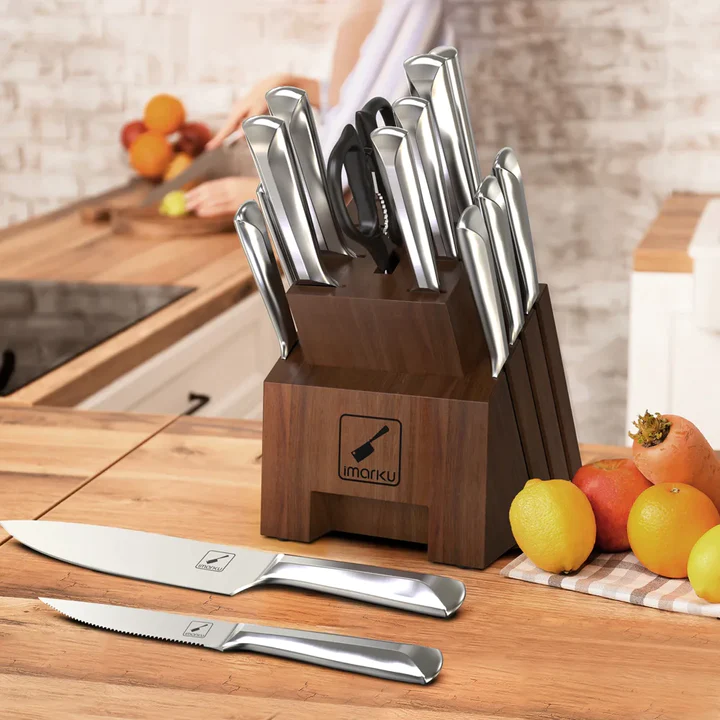
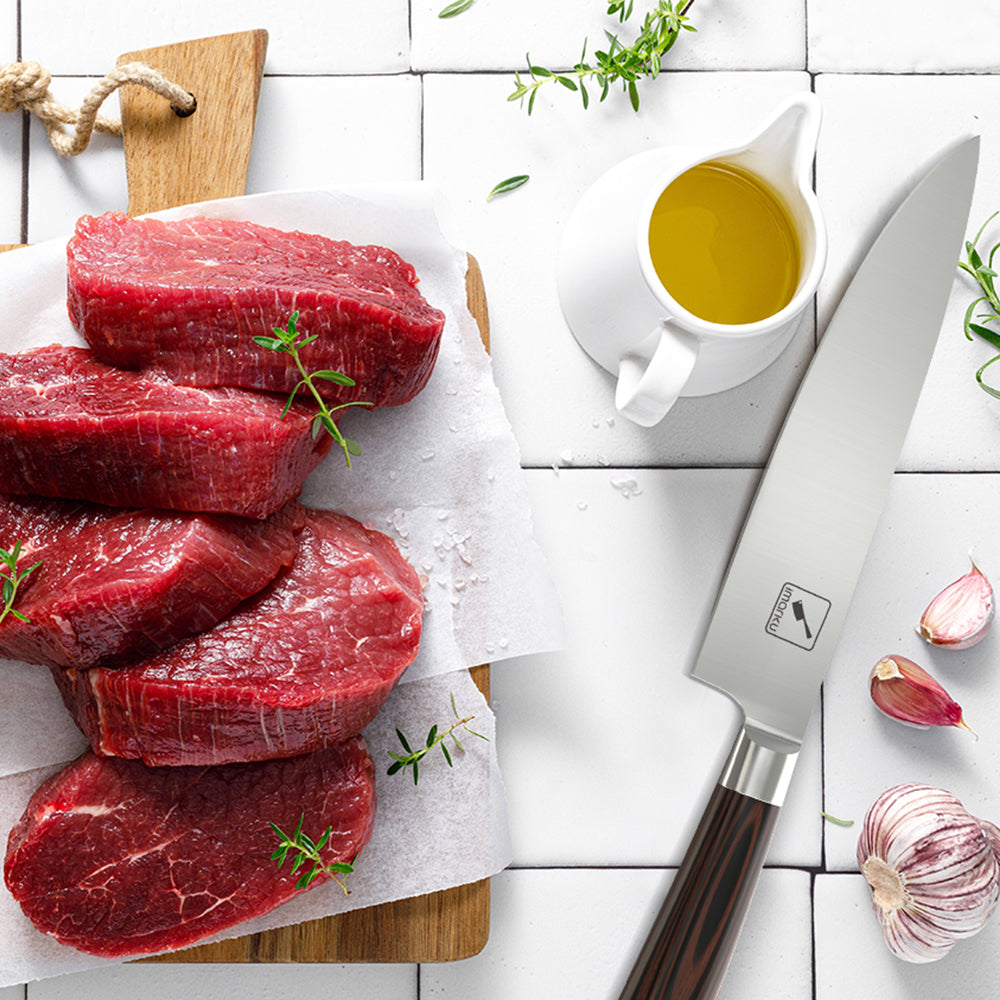

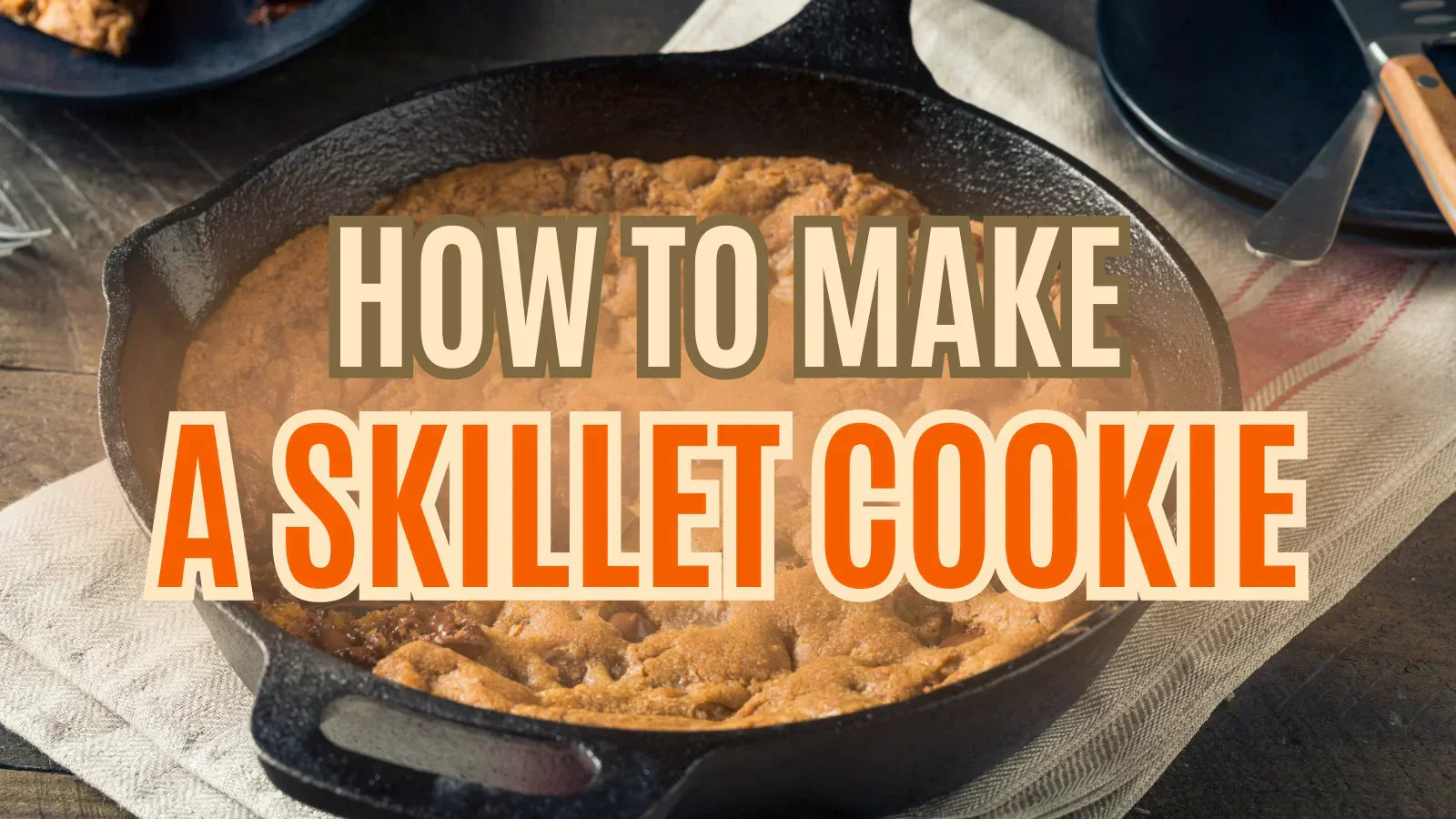
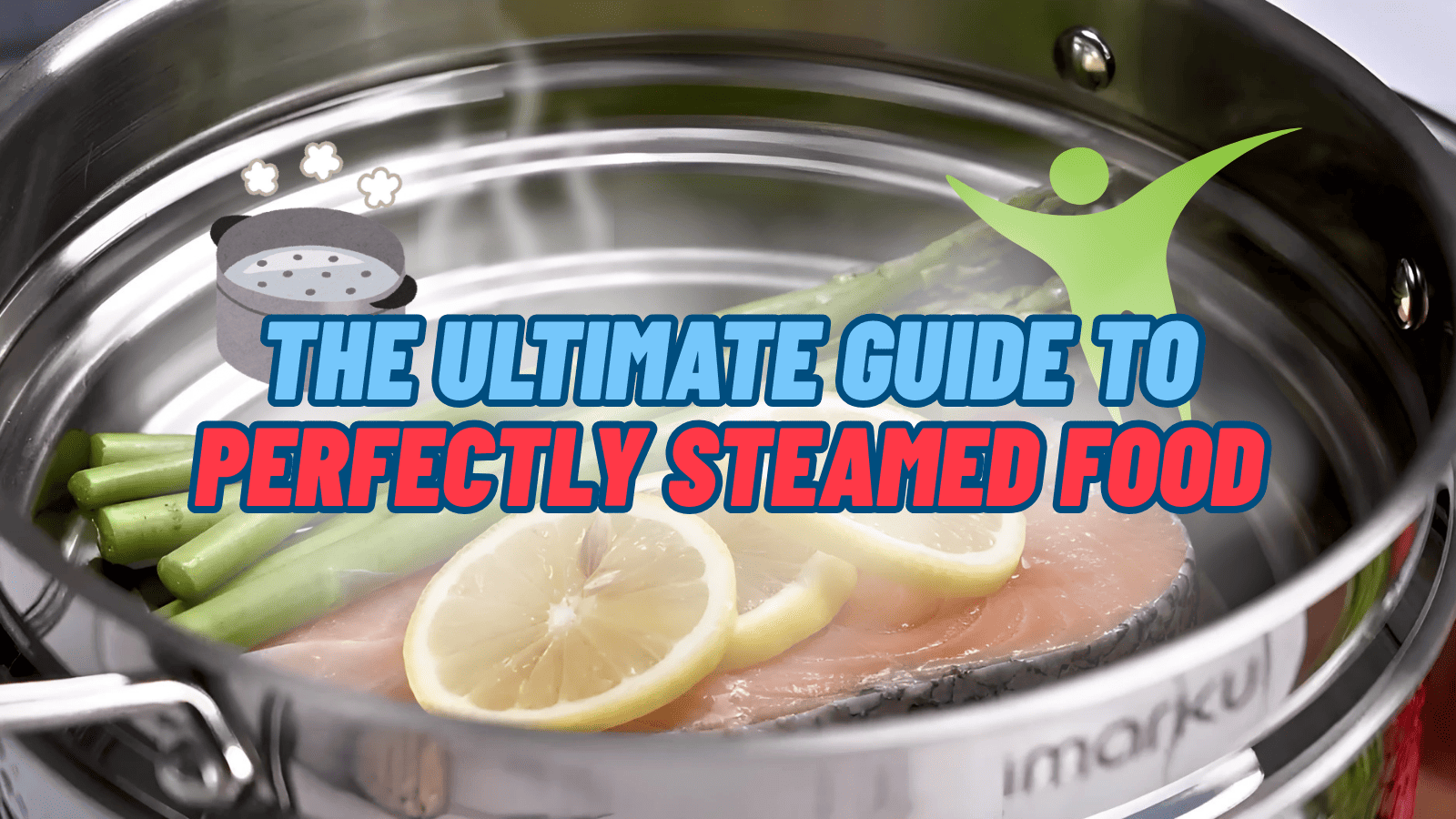

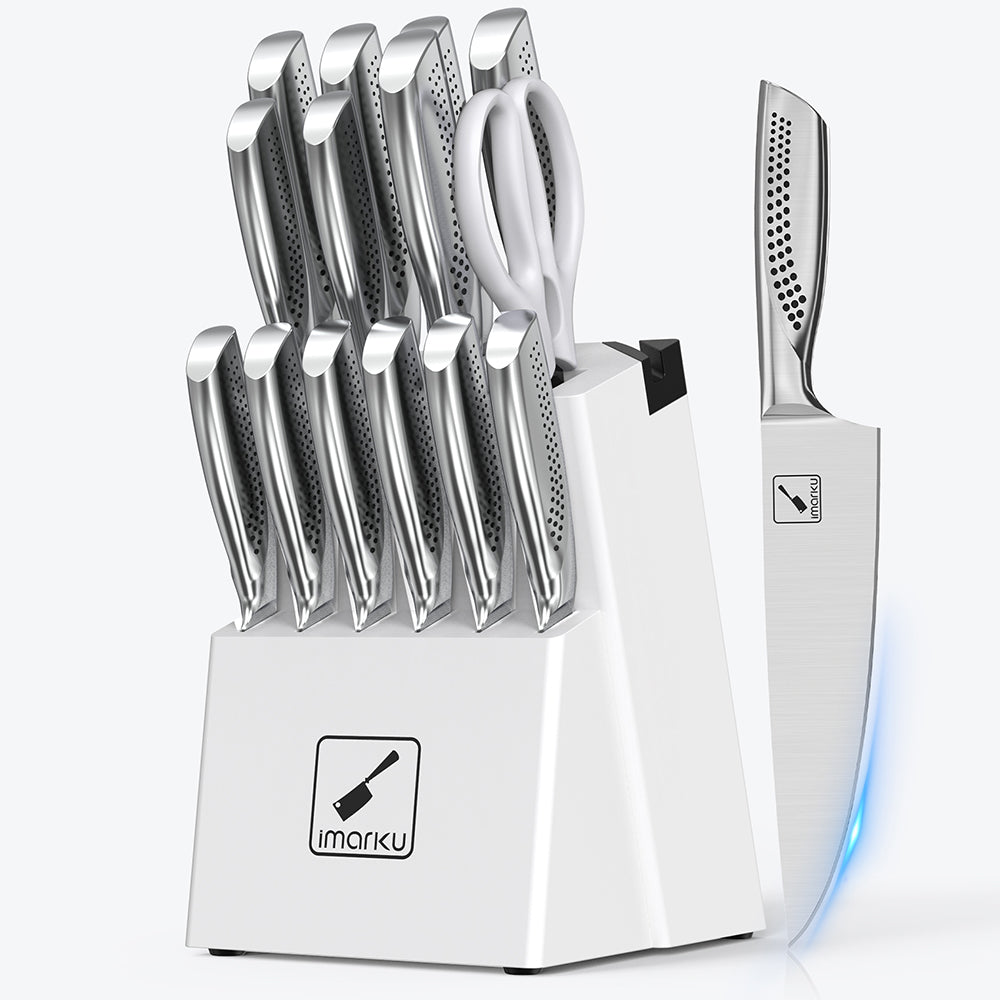
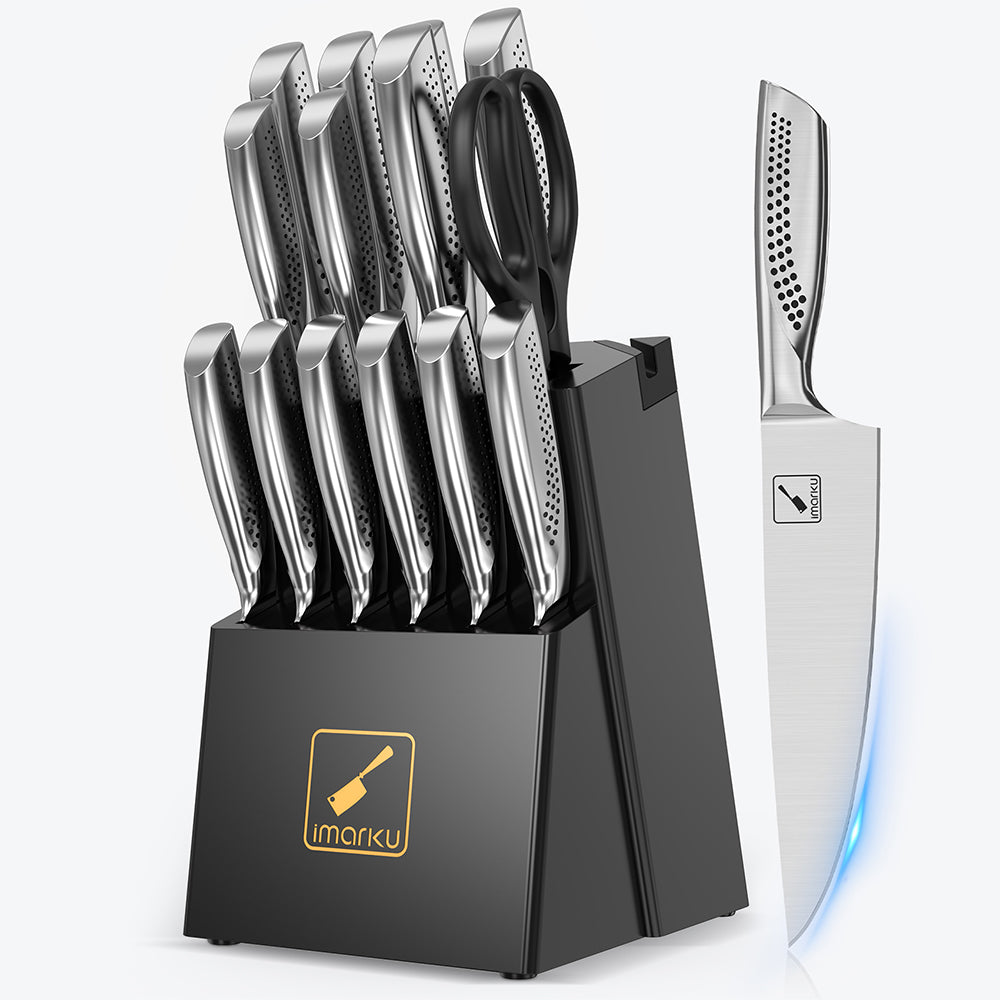
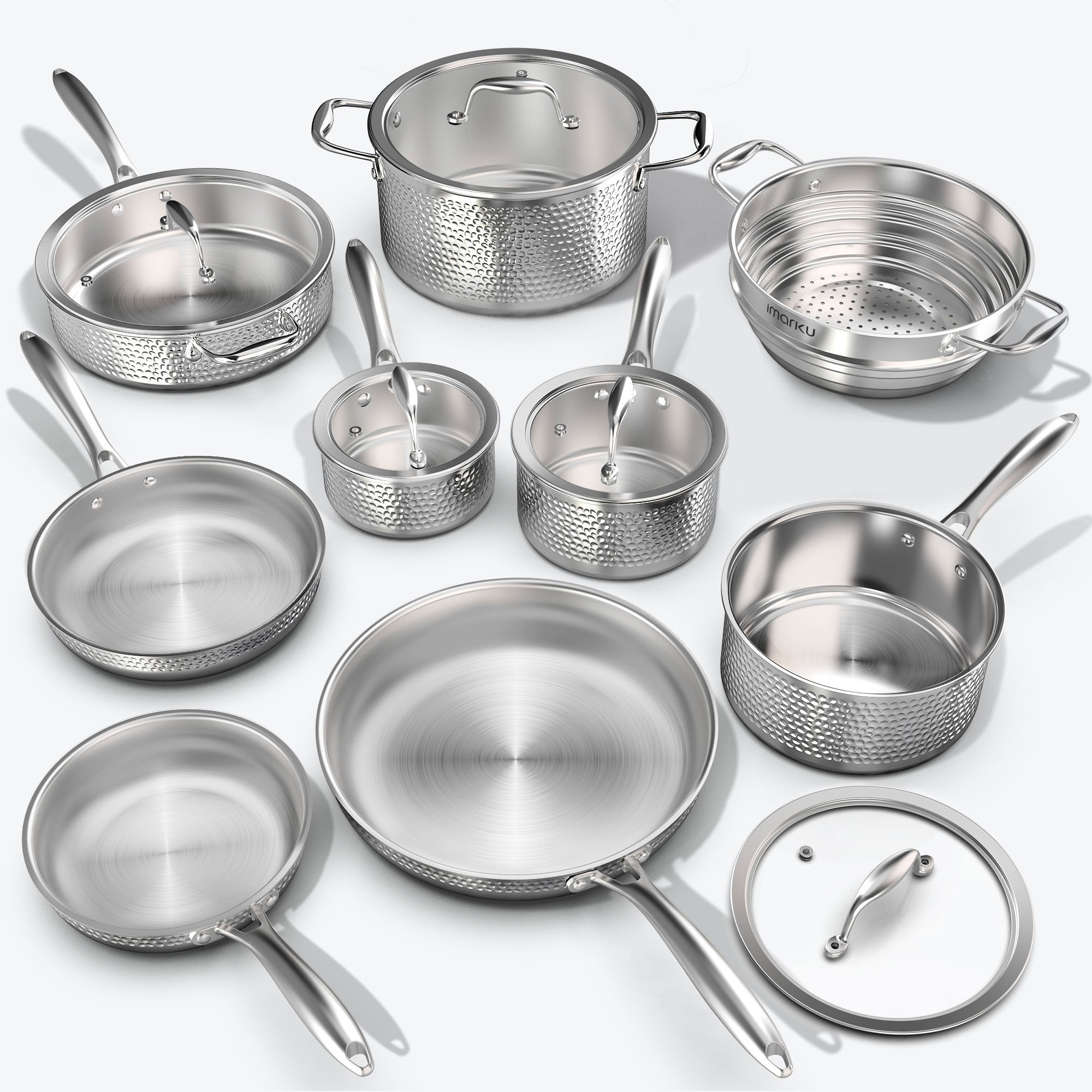
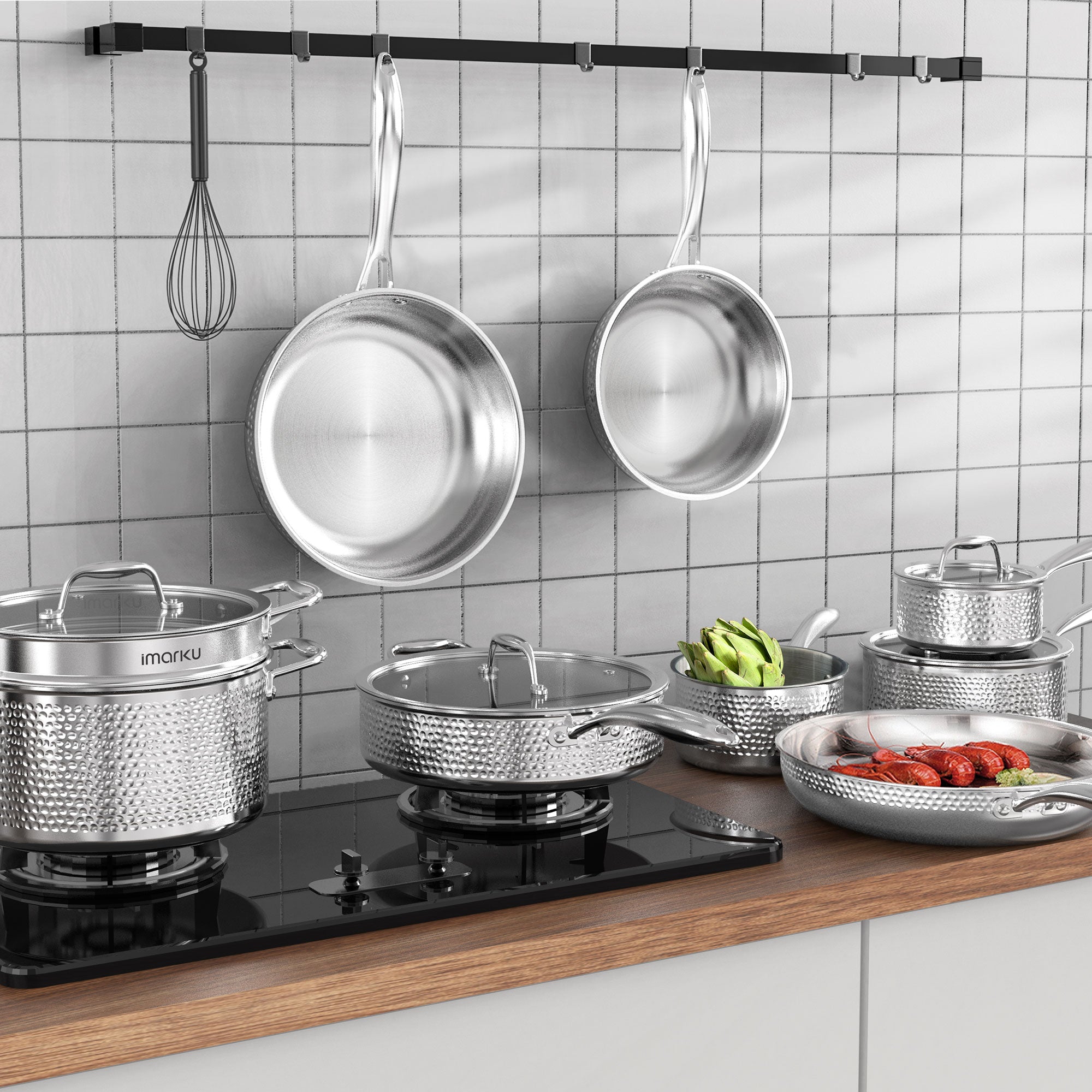
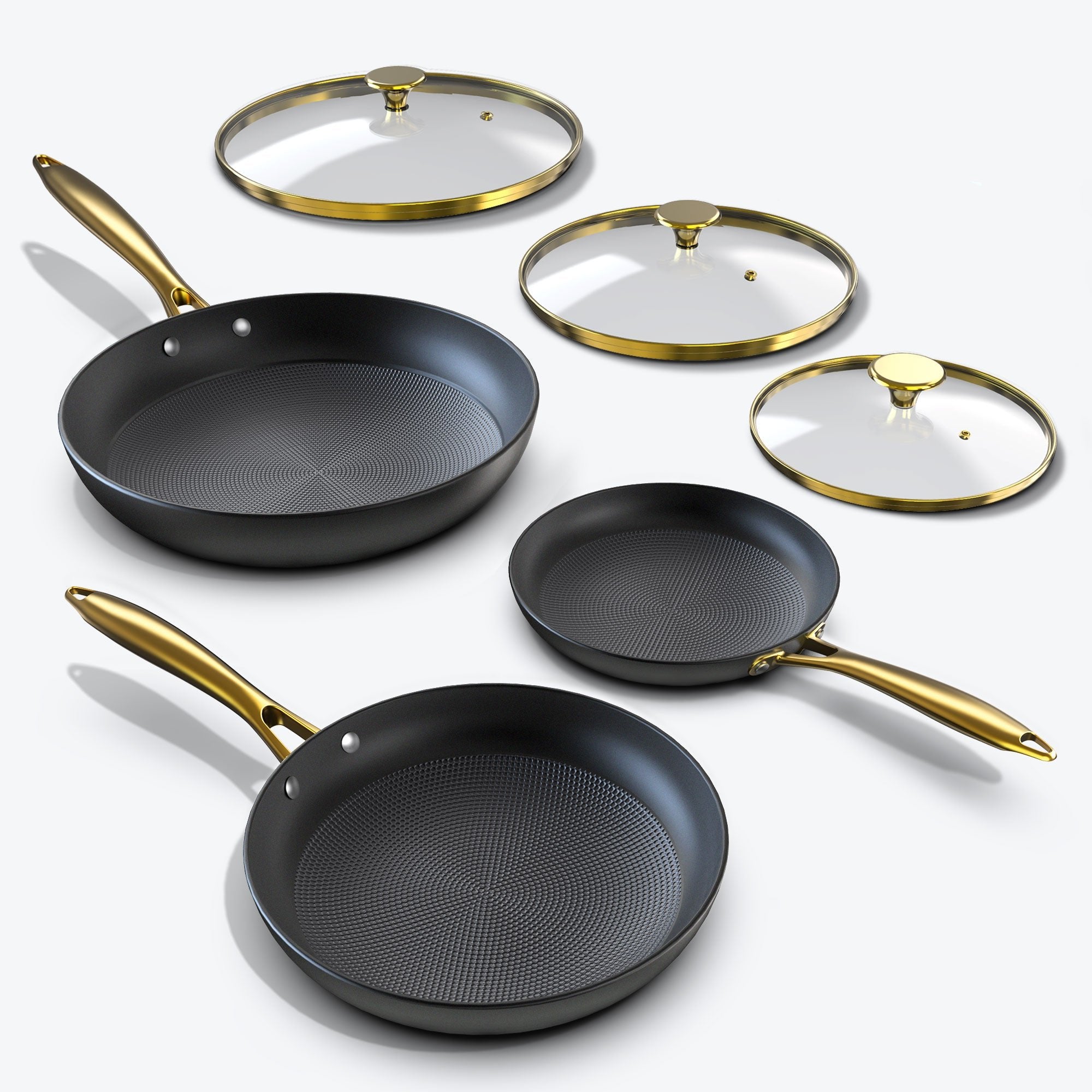
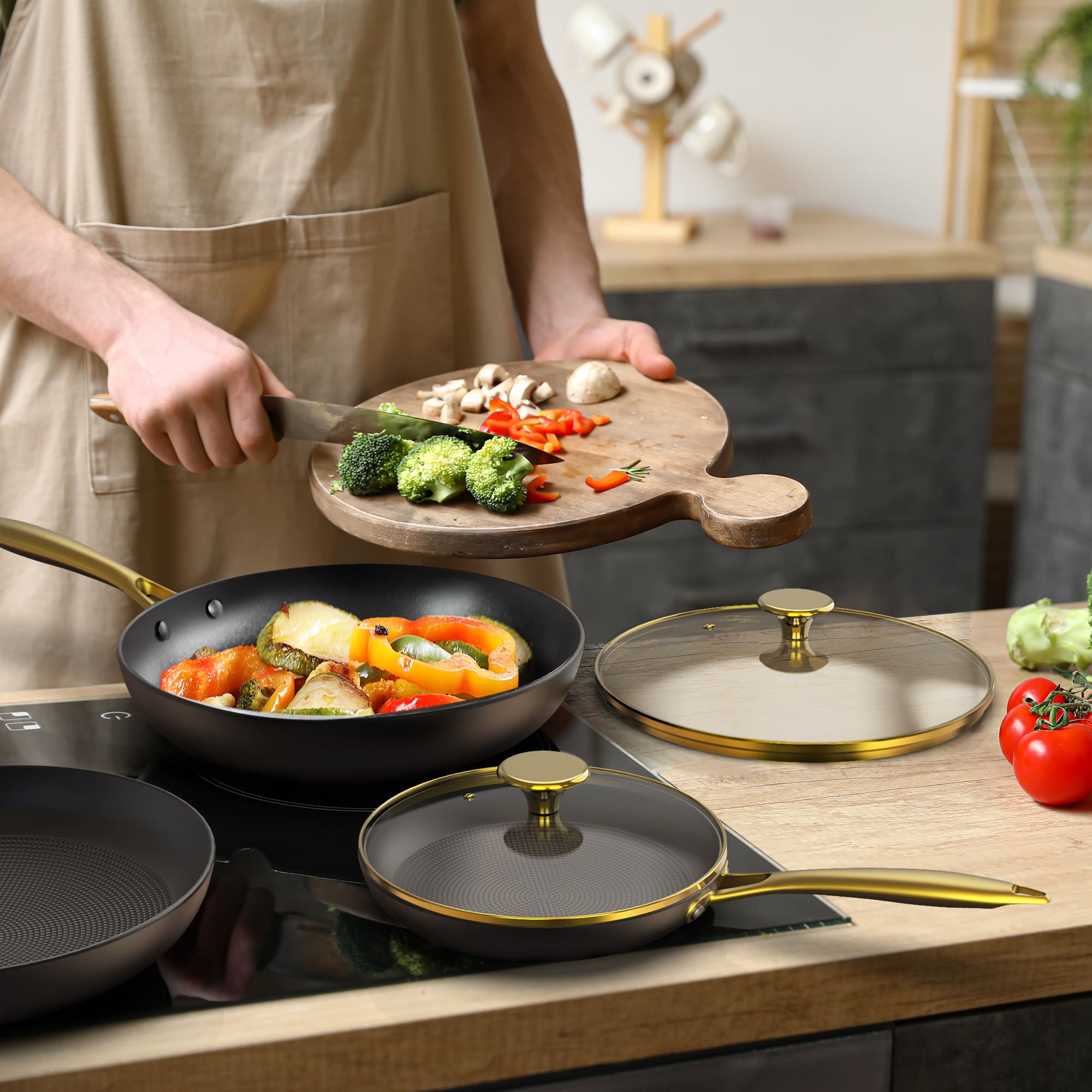
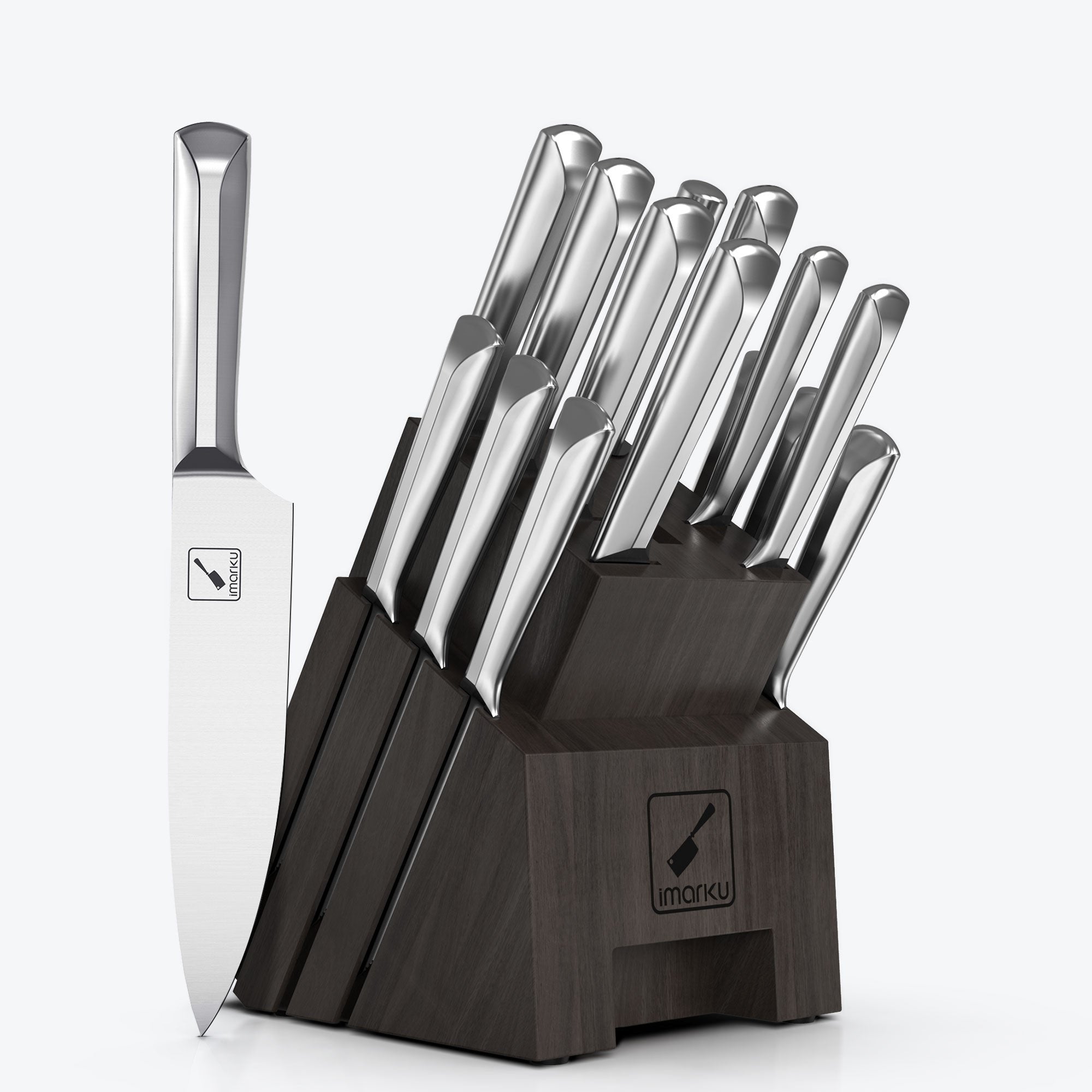
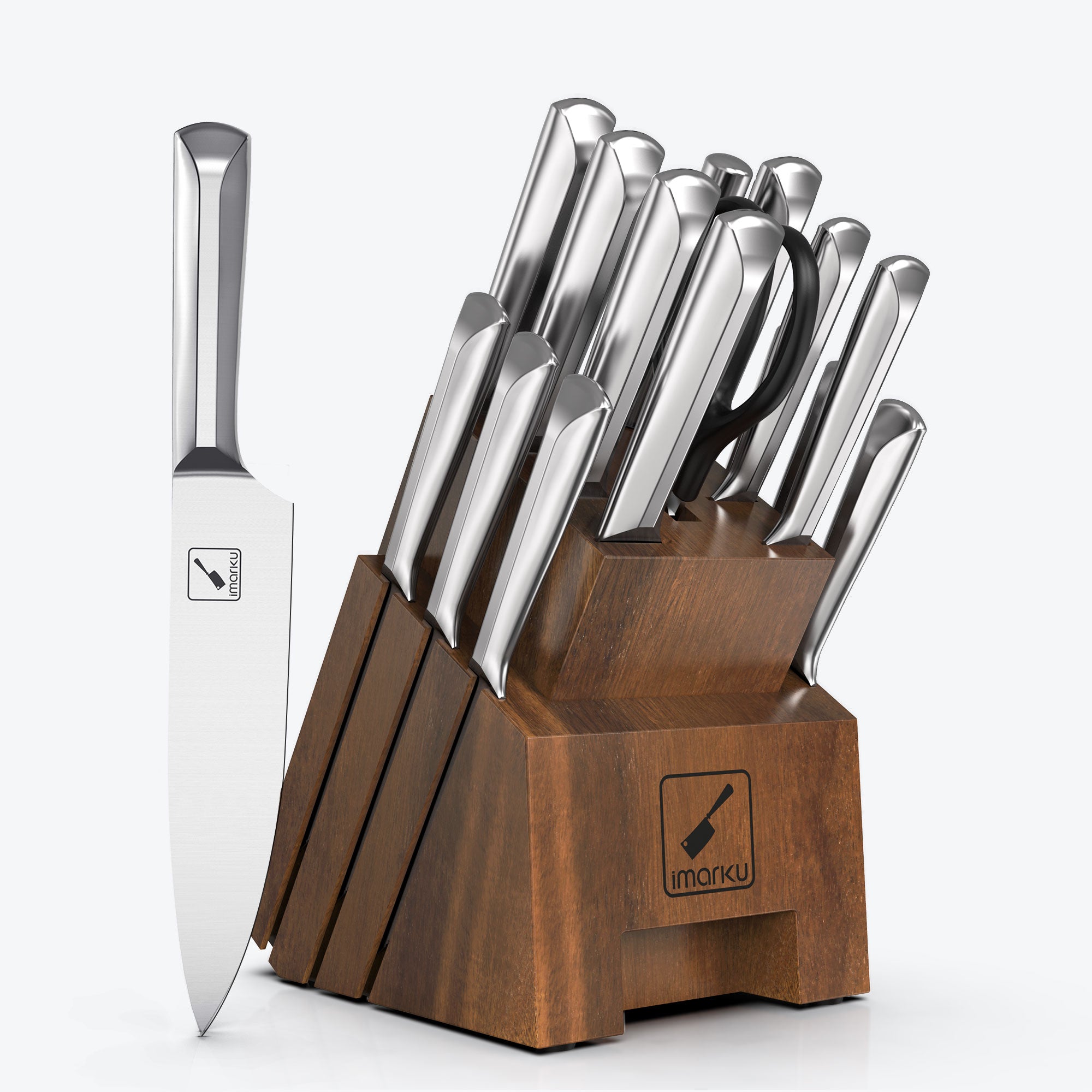
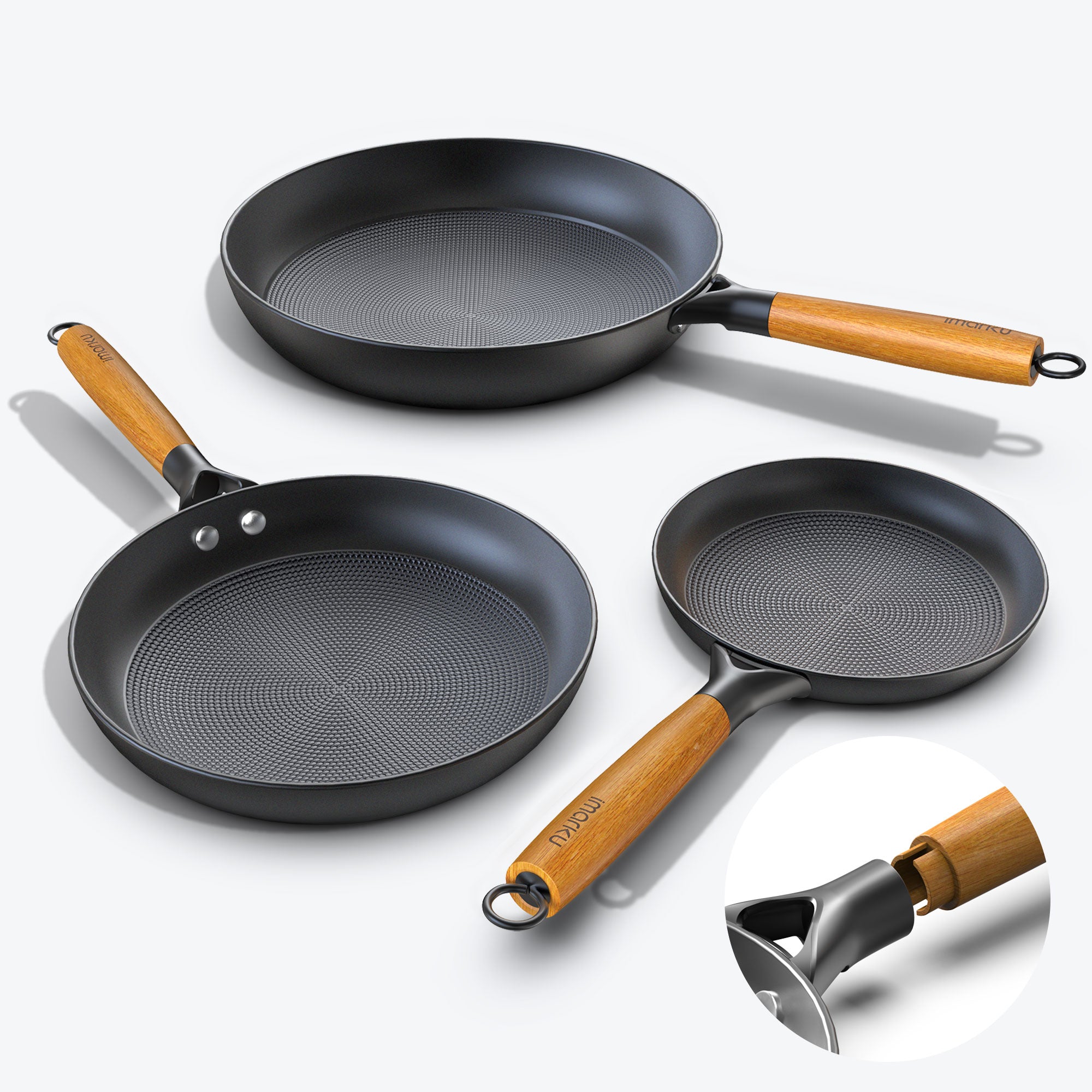
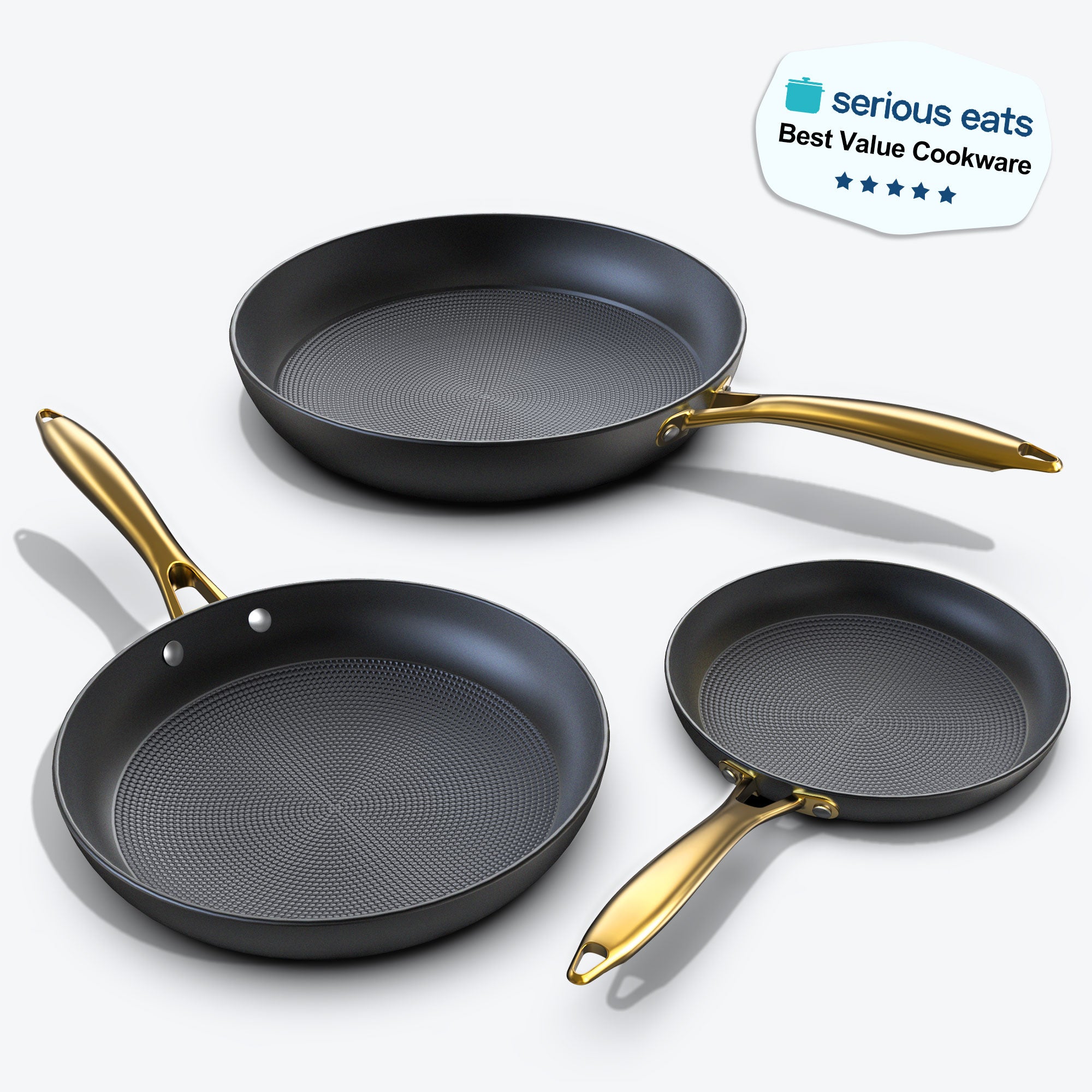
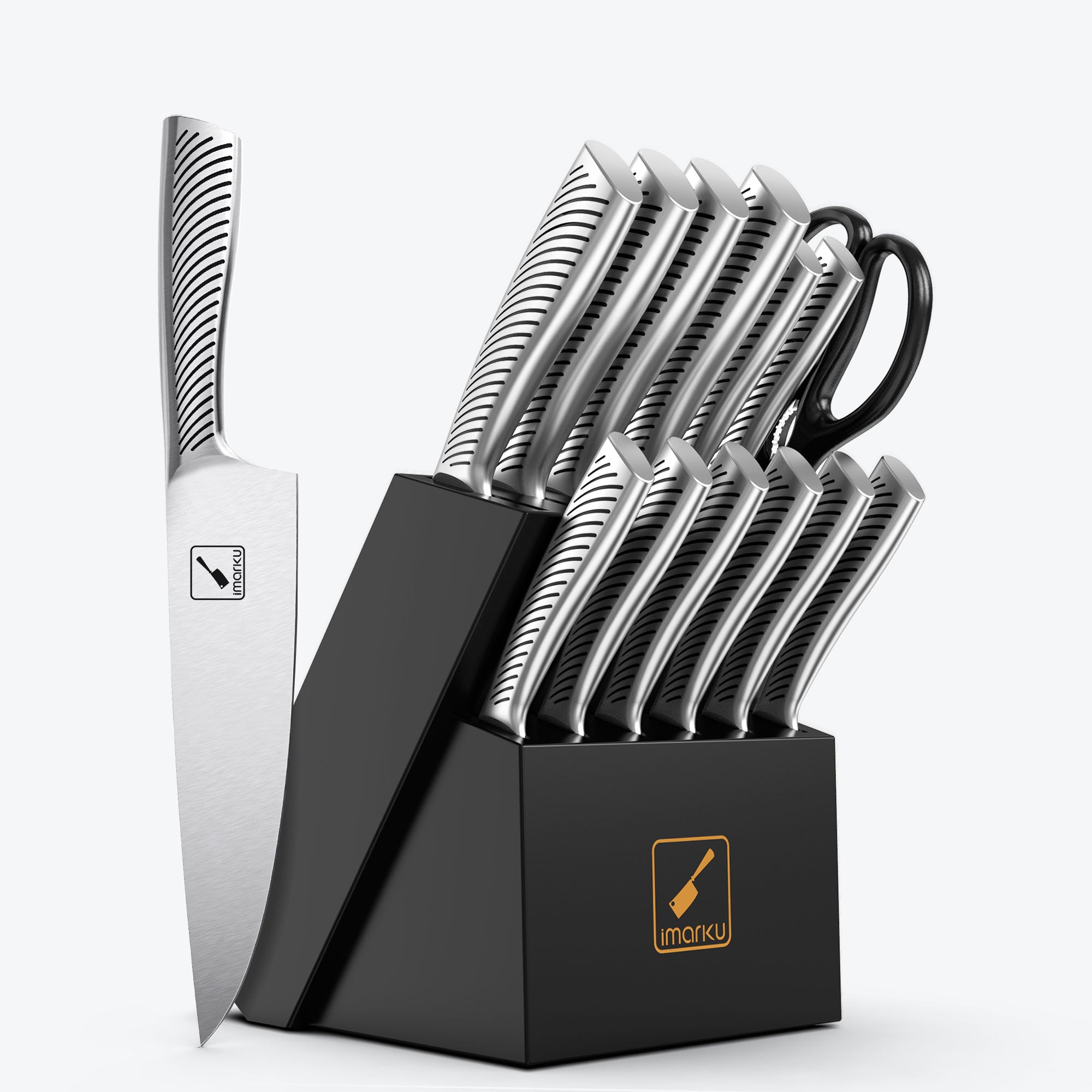
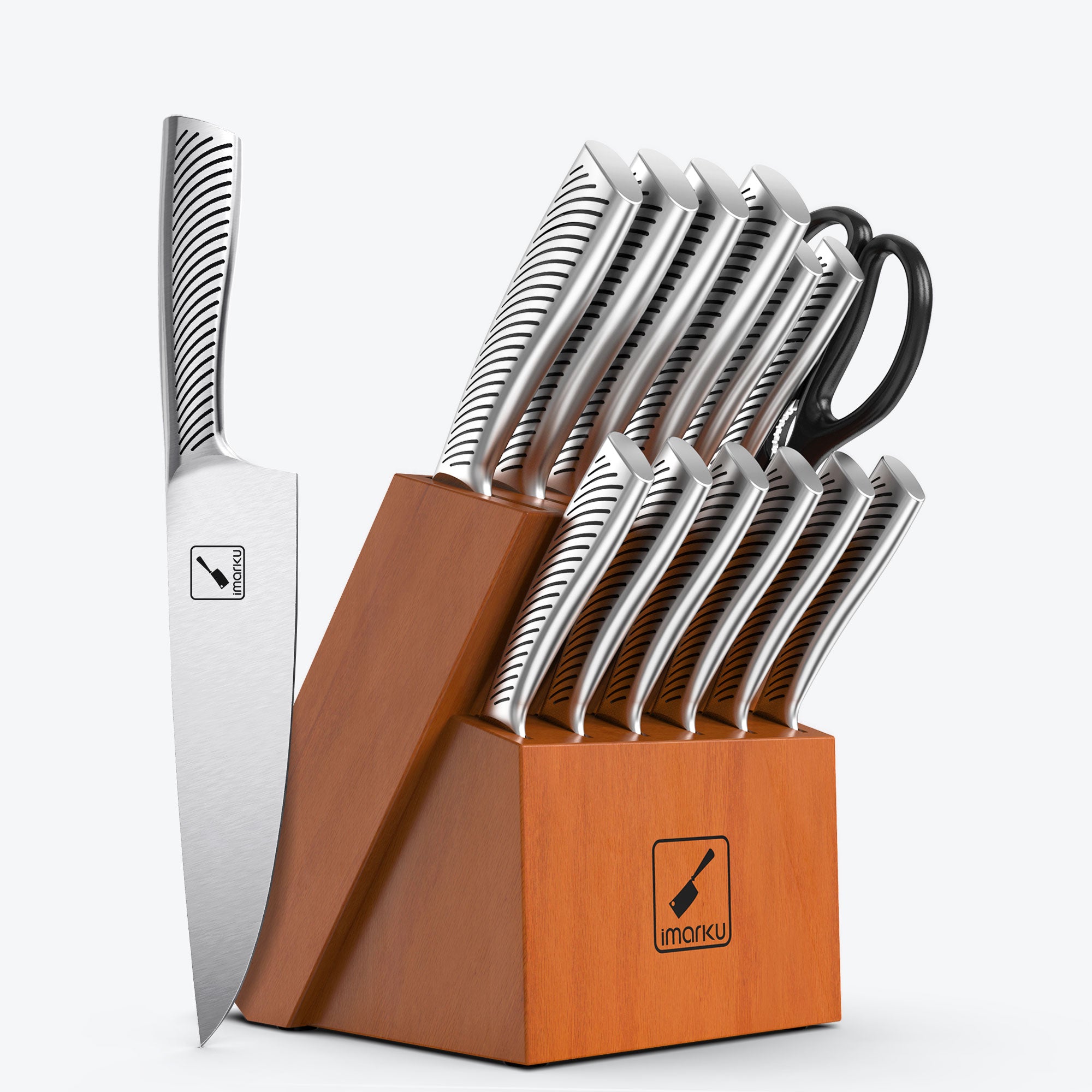
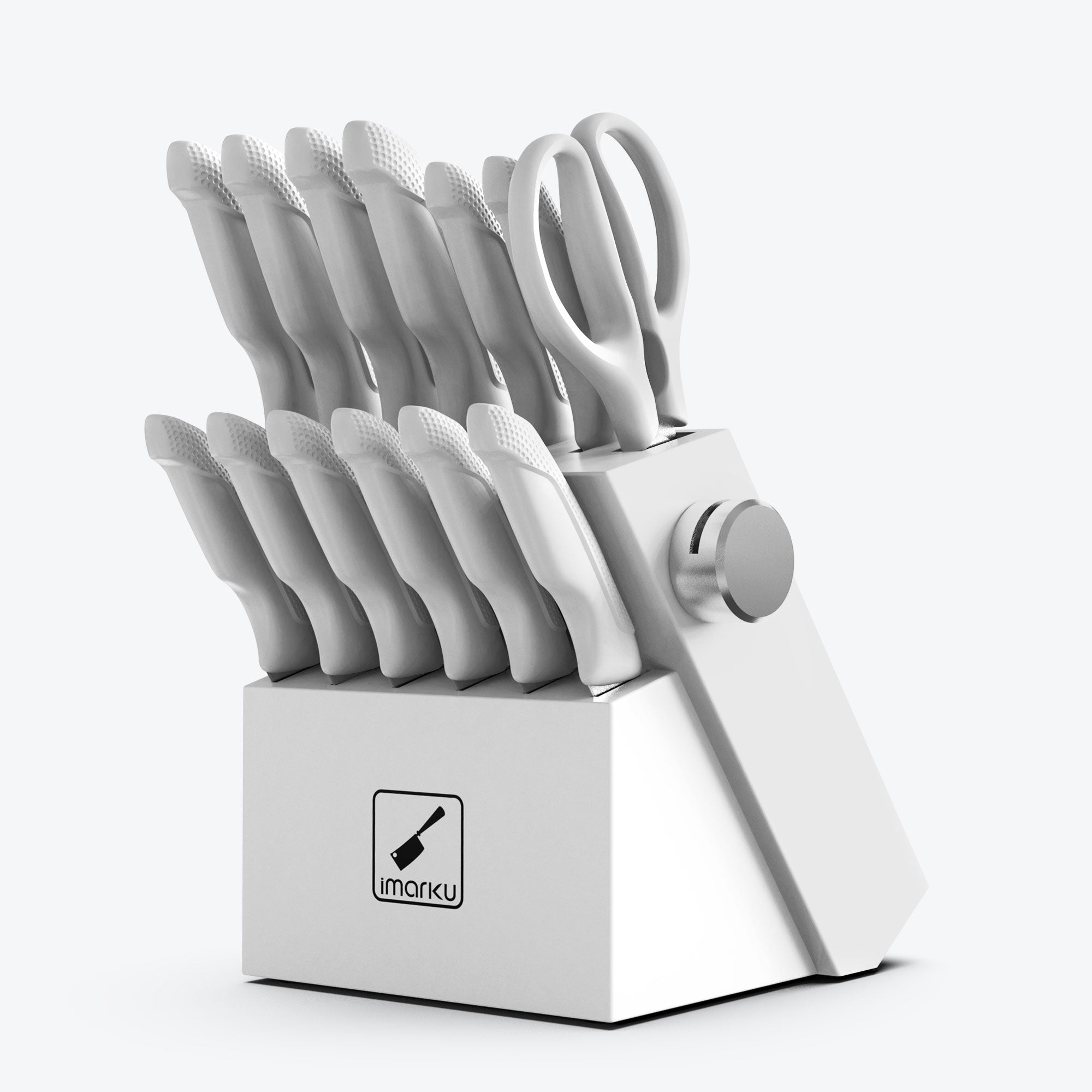
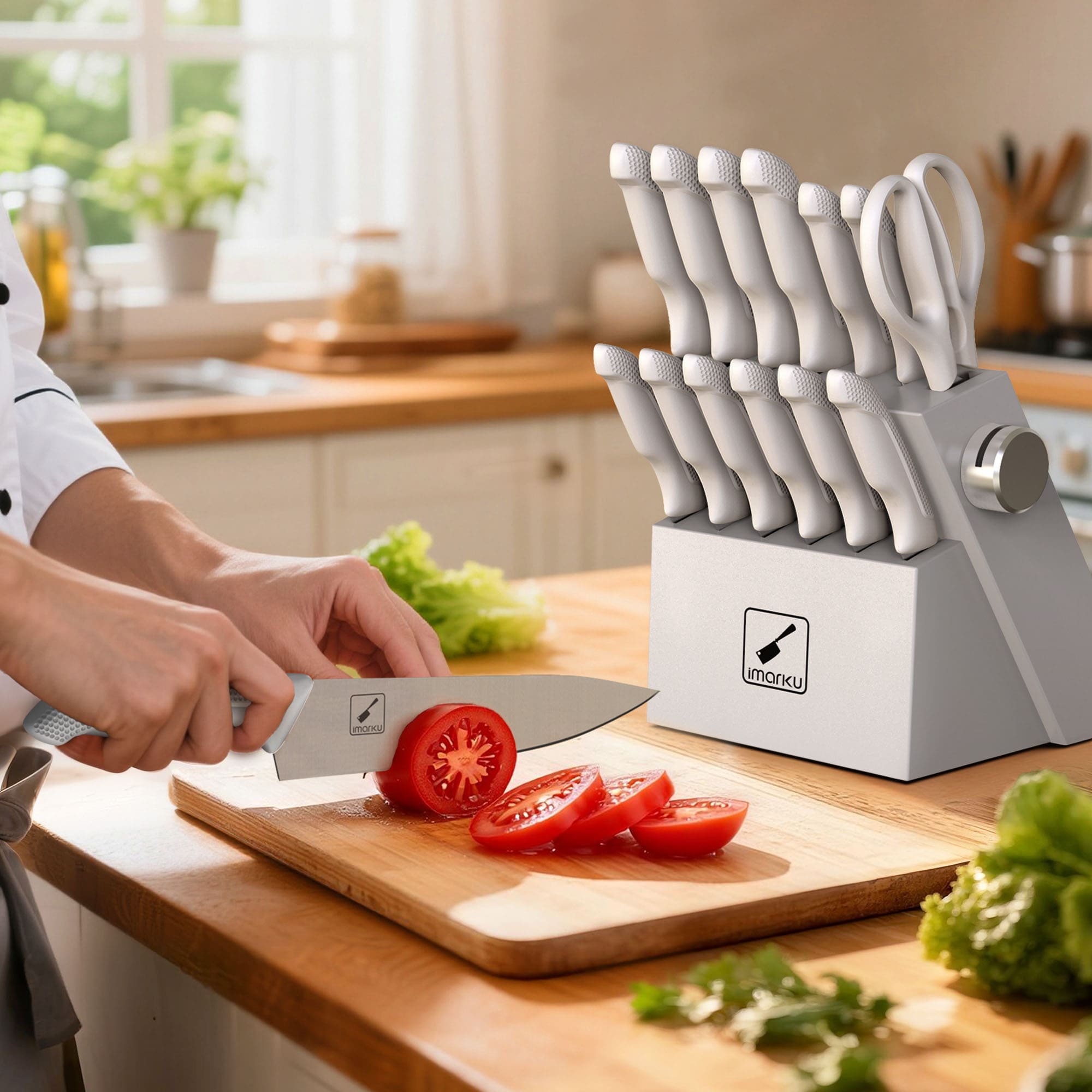
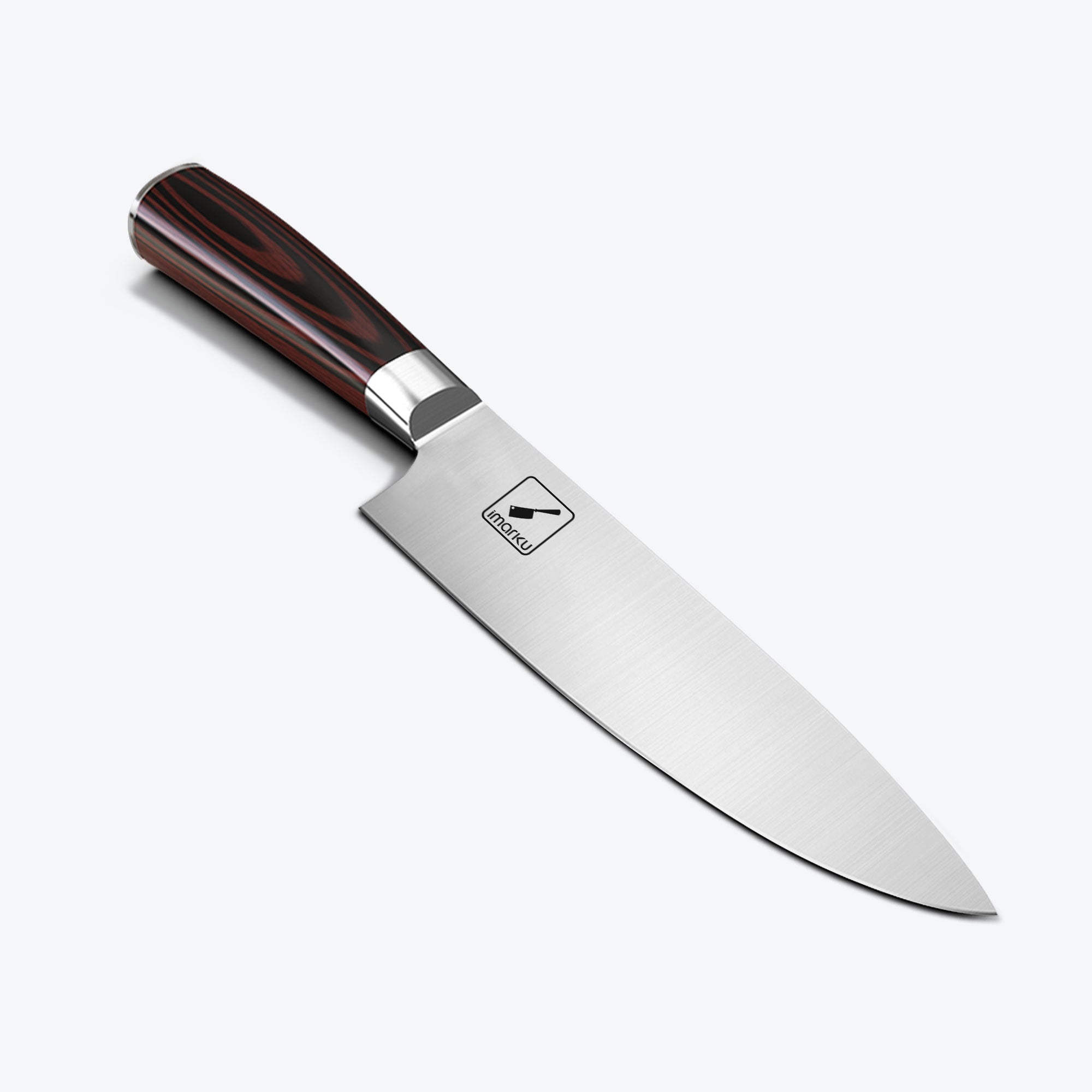
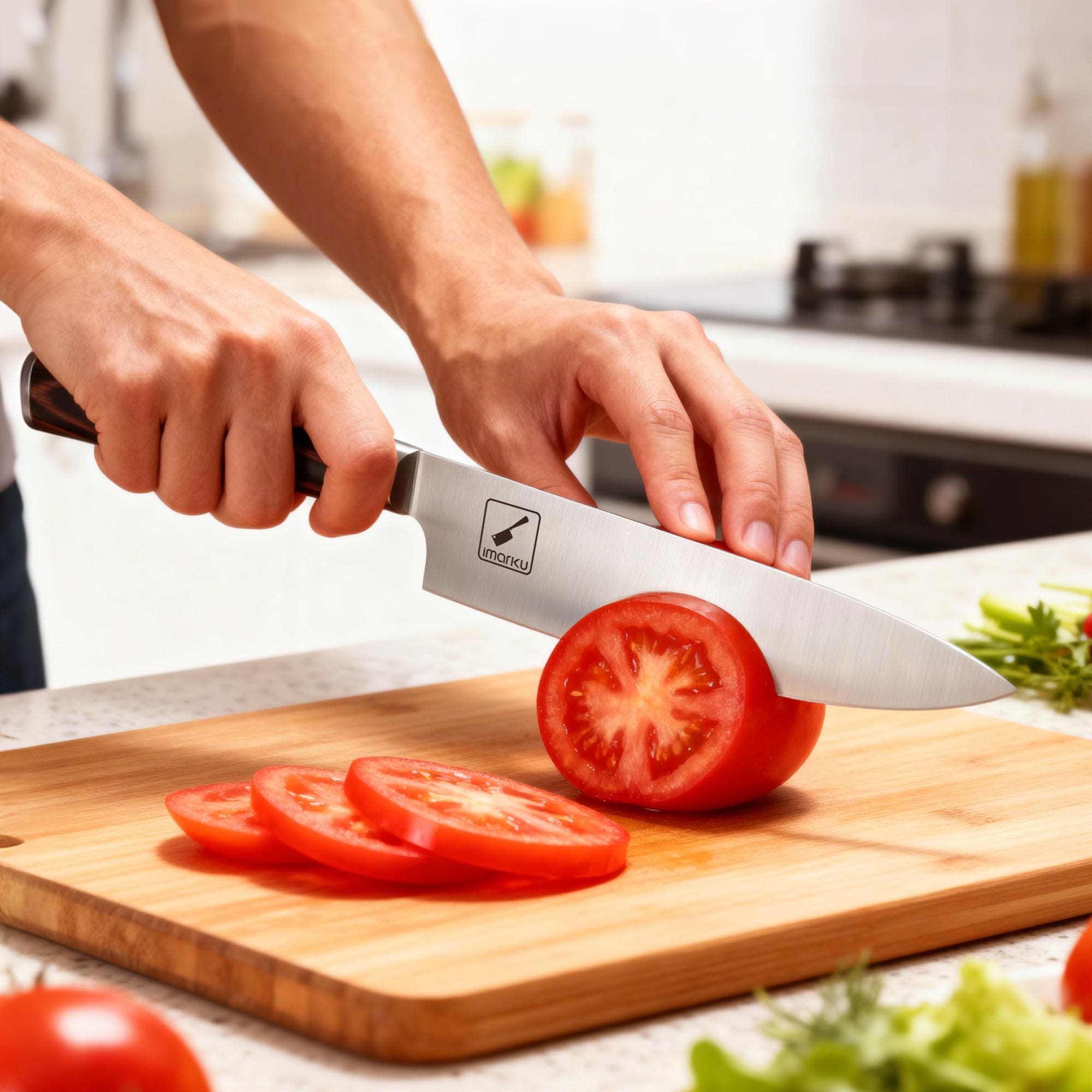
Leave a comment
All comments are moderated before being published.
This site is protected by hCaptcha and the hCaptcha Privacy Policy and Terms of Service apply.